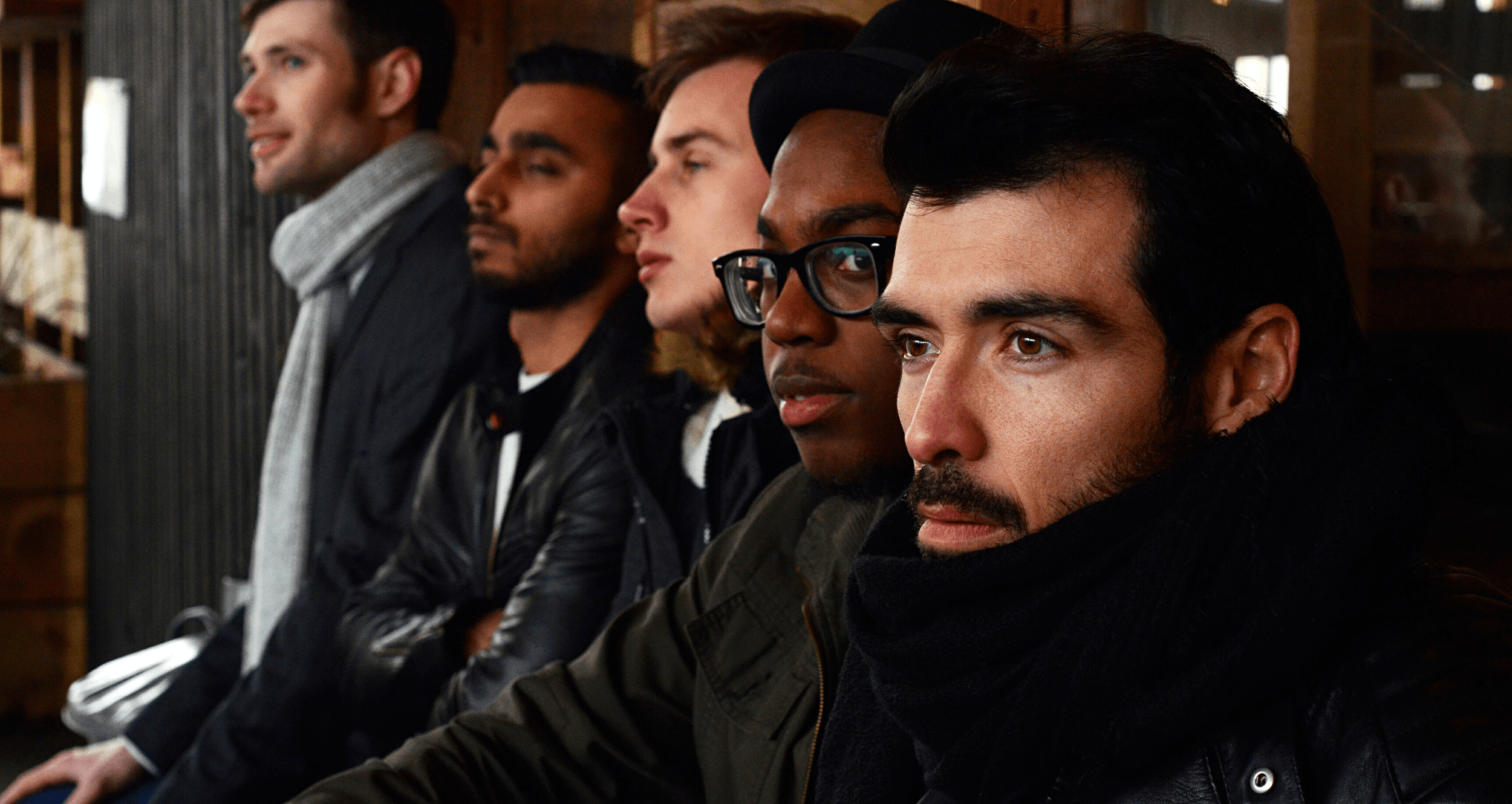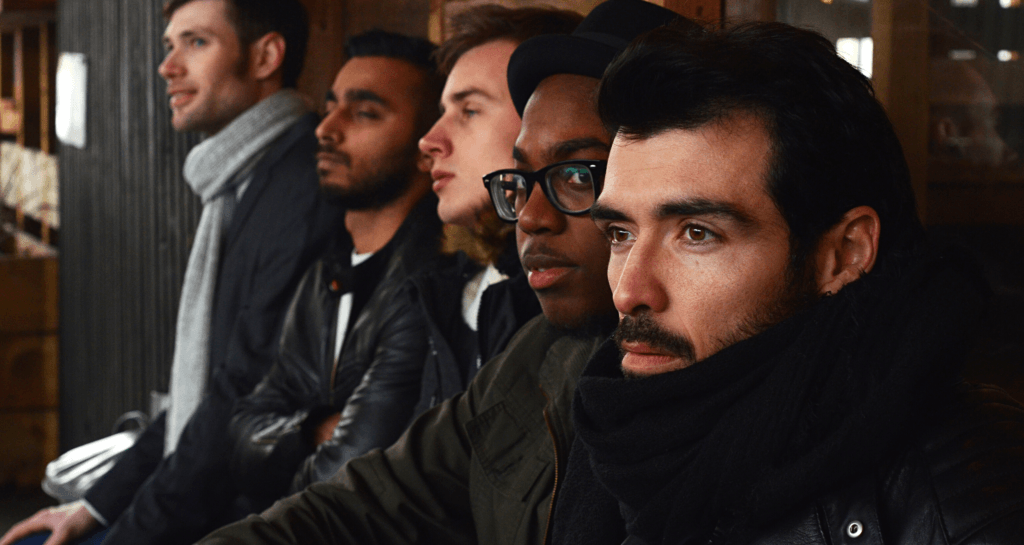Although the selfie might be much-maligned today, it hasn’t always been such a subject of scorn in professional photography studios. In fact, the history of photography is littered with famous artists who simply captured life around them. From the first photograph ever captured, through to acclaimed artists like Sally Mann, everyday life has been proven to be one of the most fascinating and enduring subjects in front of the lens.
So, how do you go about creating a record of your life in pictures? It starts with visualizing your ideas and finding your inspiration – and we’ve got plenty of tips to get you going!
Here is what we will cover:
- Find Your Inspiration
- Capture Those Big Moments
- Zoom in on the Details
- Don’t Forget the Small Stuff
- From Visualization to Presentation
Find Your Inspiration
Firstly, think about why you want to capture your life and how. This is a key part of the visualization phase: you need to understand what you want your output to look like.
Are you creating a project, for example, that will showcase the key moments of your life in an annual photobook? Is it more of an online gallery, like an Instagram page, with no limit to the number of shots you include? Or do you want to narrow it down even further, choosing just one or two images from every year of your life to create your visual narrative?

Are you turning the camera on yourself, or just your surroundings? Or a bit of both? Photograph by Logan Weaver
Are you recording yourself as a person, to look back on your own achievements? Are you creating a documentary record of life as it is in this place, at this point, that historians could look back on? Or are you somewhere in between the two?
The purpose of your documentation will affect your own ‘rules’ as to how many images you take and how often, how you store or present them, and what is worthy of being photographed. Figure this out first to get a good start!
Key Lesson: It’s up to you how you document your own life. Come up with your own shortlist of rules which will tell you what to photograph, when, and how.
Recommended Reading: Want to learn how to make your photos stand out from the others? Grab a copy of Photzy’s Effective Storytelling premium guide.
Capture Those Big Moments
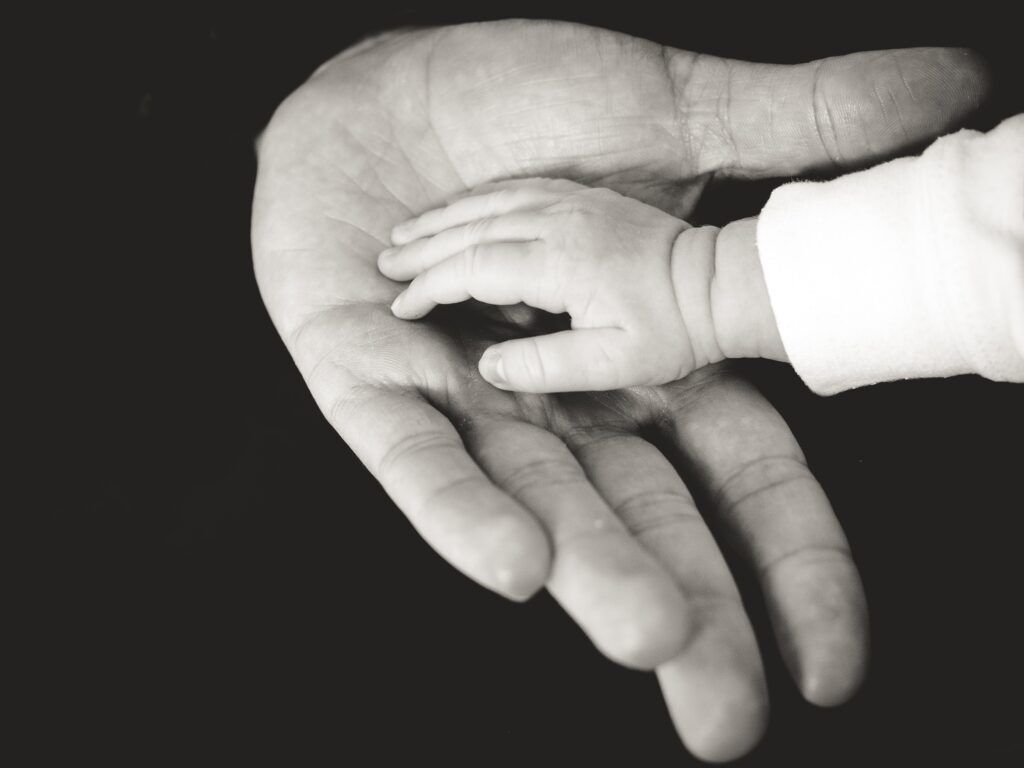
The birth of a child will warrant a lot of special photographs! Photograph by Liane Metzler
The big moments in life are worth capturing and celebrating. Whether it be personal to you, graduation, a new home, a new car, or a big work achievement – or your extended family events such as birth, their first step, or death, it’s important to record it.
Think about the big moments in life and how you can represent them visually. Maybe a birthday is summarized by the moment the candles on the cake are blown out. Or maybe it’s actually about the moment after the presents have been opened and the guests have gone home, leaving chaos in their wake!
When it comes to the big moments, it’s a good idea to both have a plan and to be ready for anything. Capture those big ideas that you have ahead of time (like blowing out the candles) – but be ready for those spontaneous moments that no one could predict.
Key Lesson: Keep your camera at the ready during those big moments in life. Capture the spontaneous and the posed at the same time and you’ll have a great photograph no matter what happens or goes wrong!
Zoom in on the Details
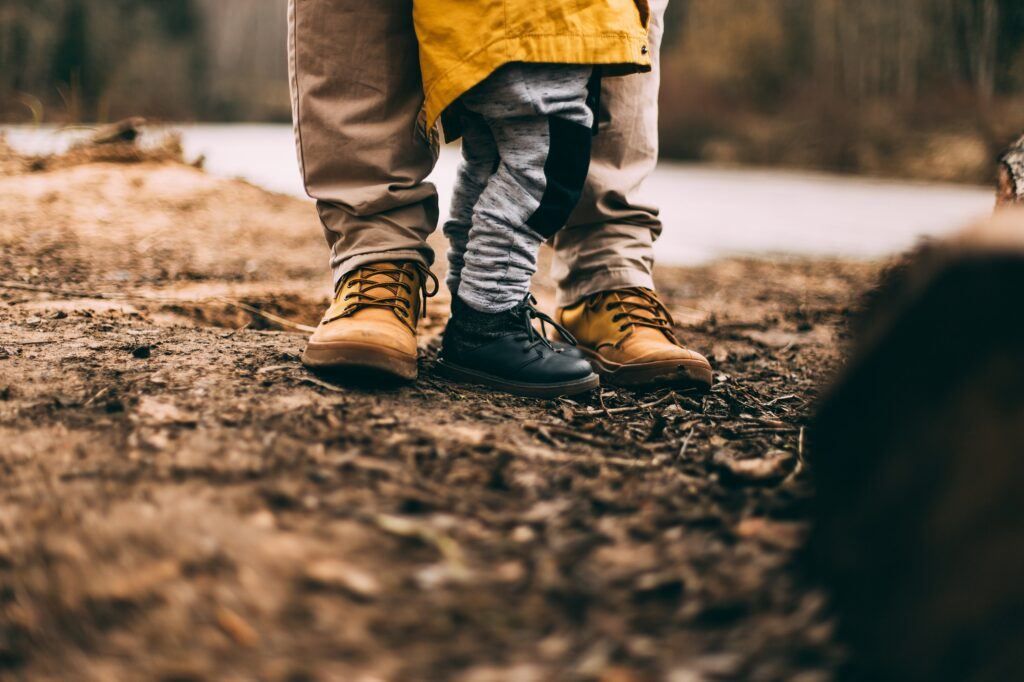
The difference in size between a child’s and a parent’s feet tells a big story! Photograph by Daiga Ellaby
They say not to sweat the small stuff – but we say, the small stuff is what counts! Make sure to take the time to look for details. They might not be obvious: we always think about capturing the big picture, the image with the whole family present, the outside of the house on the moving-in day, the Christmas tree with all of the presents underneath.
When it comes to the big moments, it’s a good idea to both have a plan and to be ready for anything.
But details can tell the story just as much. Think about scenes like a family’s shoes lined up in size order, the loose button eye on a much-loved teddy bear, or the cufflinks you wear on your wedding day. These are all details you’ll love to look back on and can make for striking and evocative images.
Key Lesson: Details are just as important as the bigger picture. Record a mixture of detailed shots and wider frames to really capture the essence of a day, event, or daily life.
Don’t Forget the Small Stuff
Focusing on big life events will tell you about the bigger picture – but just like how those detail shots can bring in the smaller parts of the story, everyday life can fill in the details of your archive.

A mundane moment between father and daughter can tell a story of love, family, and time spent together. Photograph by CDC
Don’t just capture birthdays, holiday seasons, and first times. Think about the everyday moments that we take for granted, sitting on the sofa to watch television in the evening, eating a meal together as a family, getting ready for work in the morning, or walking the dog on a weekend – These are moments worthy of being captured. In years to come, you’ll look at them and remember a whole period of time in your life just by seeing how you spent the average evening together.
Don’t skip the small, banal, and mundane aspects of everyday life. Momentarily they may seem too normal to capture. But when you look back on them from the future, they’ll feel special and cherished.
Key lesson: The mundane moments of everyday life also hold so much value and are worth remembering in the future. Don’t ignore them just because they’re not as obviously photographic.
From Visualization to Presentation
When you first came up with your concept of how and why you want to record your life, we talked about coming up with an idea of how you’ll present the images.
As your project progresses it’s important to actually present the images that you take. This can be done in many forms, and it’s also fine to present them in a format that you didn’t think of or plan on at first.
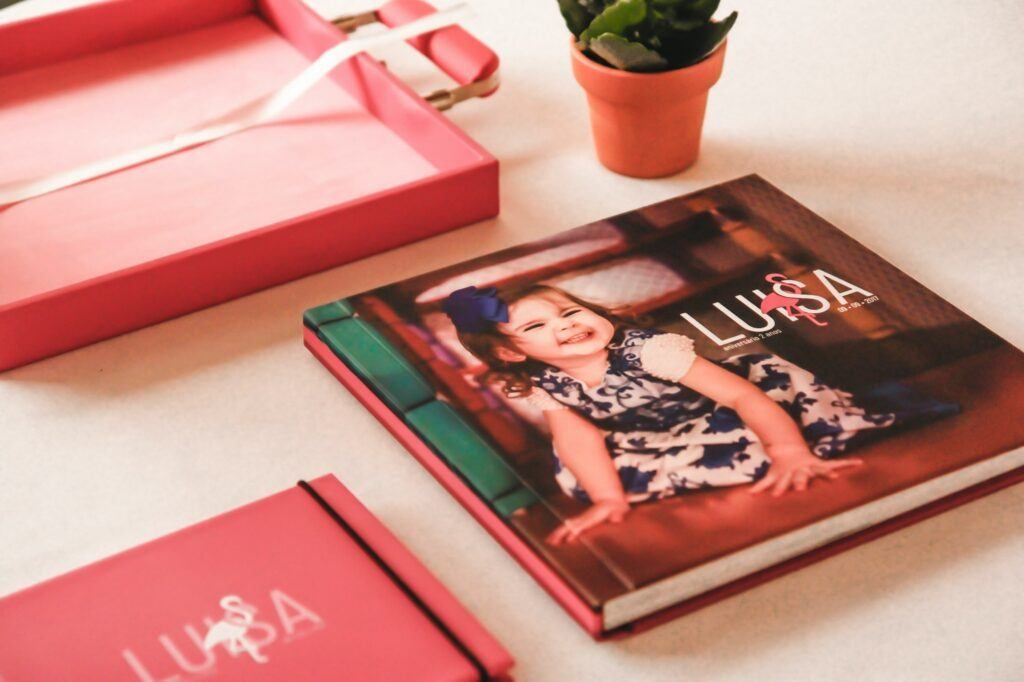
A photo album might be the right way for you to capture a year of your life, or you’re your baby’s big first moments, or so on. Photograph by Albuu Design de Álbuns
There are lots of ways to present your images in any category or collection you like. From a year in the life to all the shots you’ve taken of your dog, to everything that happens on a Saturday. These could include:
- Printing out a photobook
- Making individual prints to display on your walls
- Putting on a photographic exhibition in a gallery or public space
- Creating a website with a dedicated gallery
- Sharing everything to a social media page or album
- Putting them into cloud storage for friends and family to view
You don’t have to stick to just one method but consider what will suit the collection of images you have put together the best!
Key Lesson: When you’ve built up enough images to start presenting them, don’t be shy to do so! Whether it’s a personal or public presentation, bring your vision to life and share it with others in the format that suits you.
Recommended Reading: Want to learn how to make your photos stand out from the others? Grab a copy of Photzy’s Effective Storytelling premium guide.
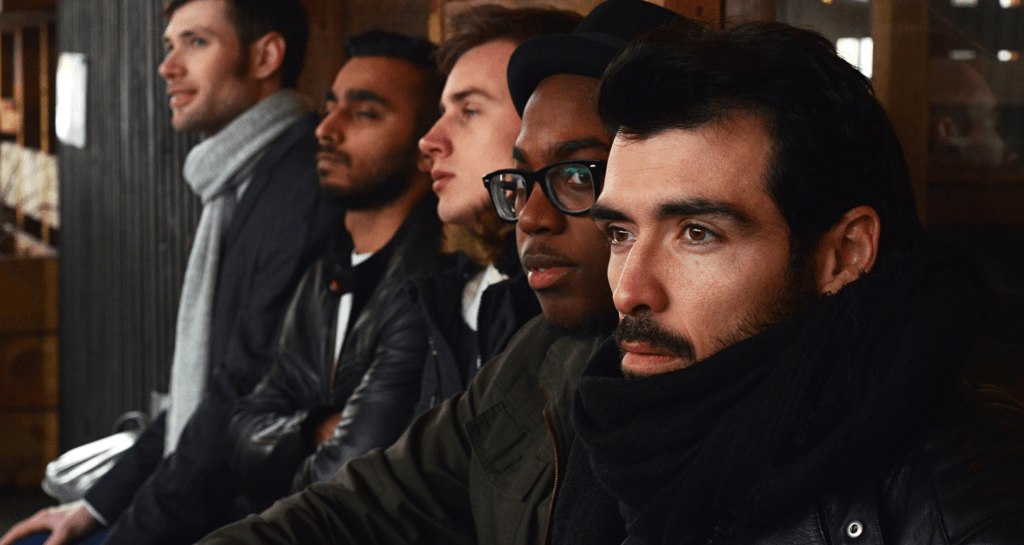
Photography by Rhiannon D’Averc
Conclusion
Capturing your life in photos can become a daily habit, something that becomes as natural as eating dinner or brushing your teeth. Just follow these tips to move from visualization to presentation:
- Decide the what, how, and when of your documentation
- Understand why you’re taking these images
- Document the big milestones and moments of life
- Always look for those little details that make the story more meaningful
- Focus on a daily, normal life as well as the big things
- Present your images in whatever collections you feel fit best, whenever you like
- Choose a format that suits your image collection well
Self-Check Quiz:
- What questions should you ask yourself to start visualizing your project?
- Which moments should you always try to capture?
- Is it better to plan your images or let them happen naturally?
- Why are details important?
- Which moments in life are not worth documenting?
- What are some ideas for how you can present your work?
Learning Assignment:
The best way to start with a project like this is to dive right in. Why don’t you start with just one week? Challenge yourself to make a story that explains all about your week and what happened within it. Which moments would you capture? Which would you discard if you were presenting the images? Understand what you like and don’t like about the final ‘product’ of your week’s worth of images, and you can use this as a trial to plan out your longer documentary project which may span your whole life.


